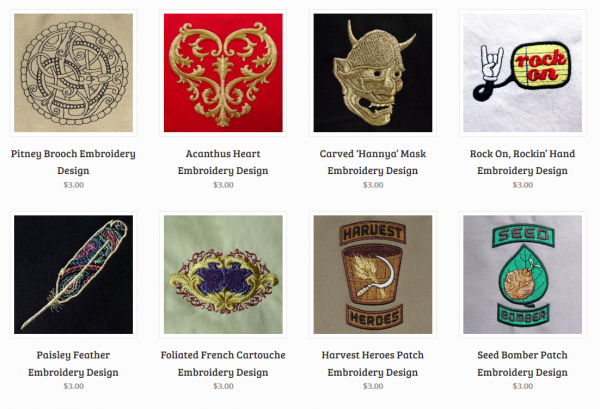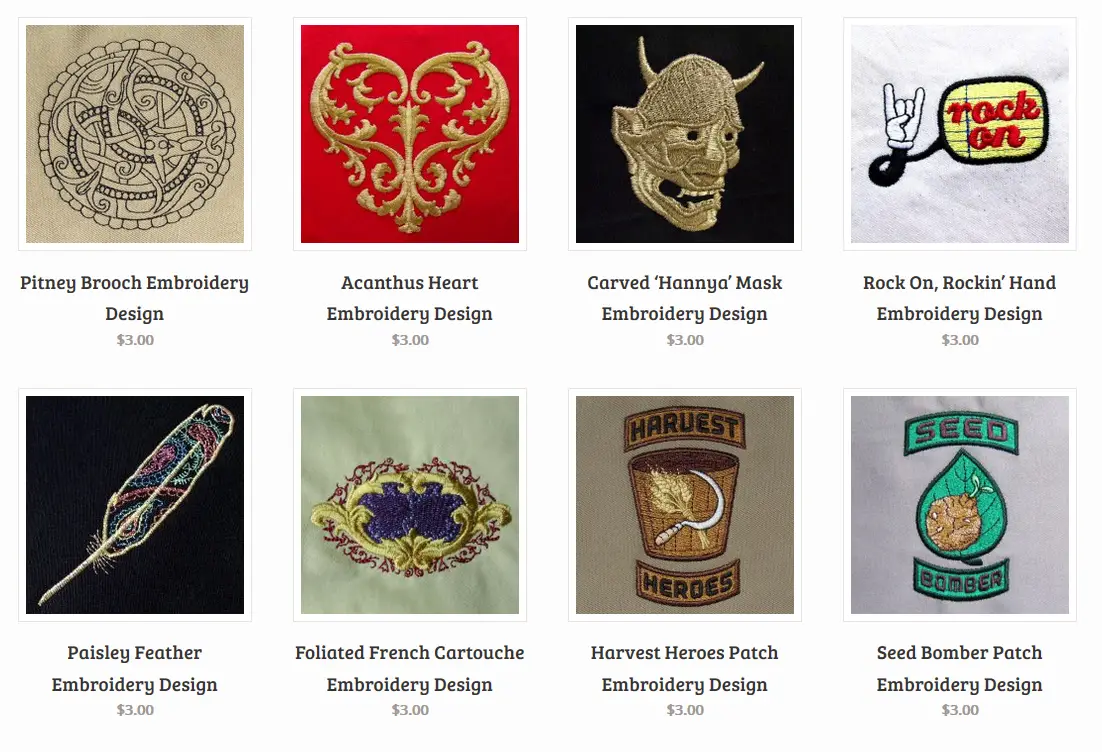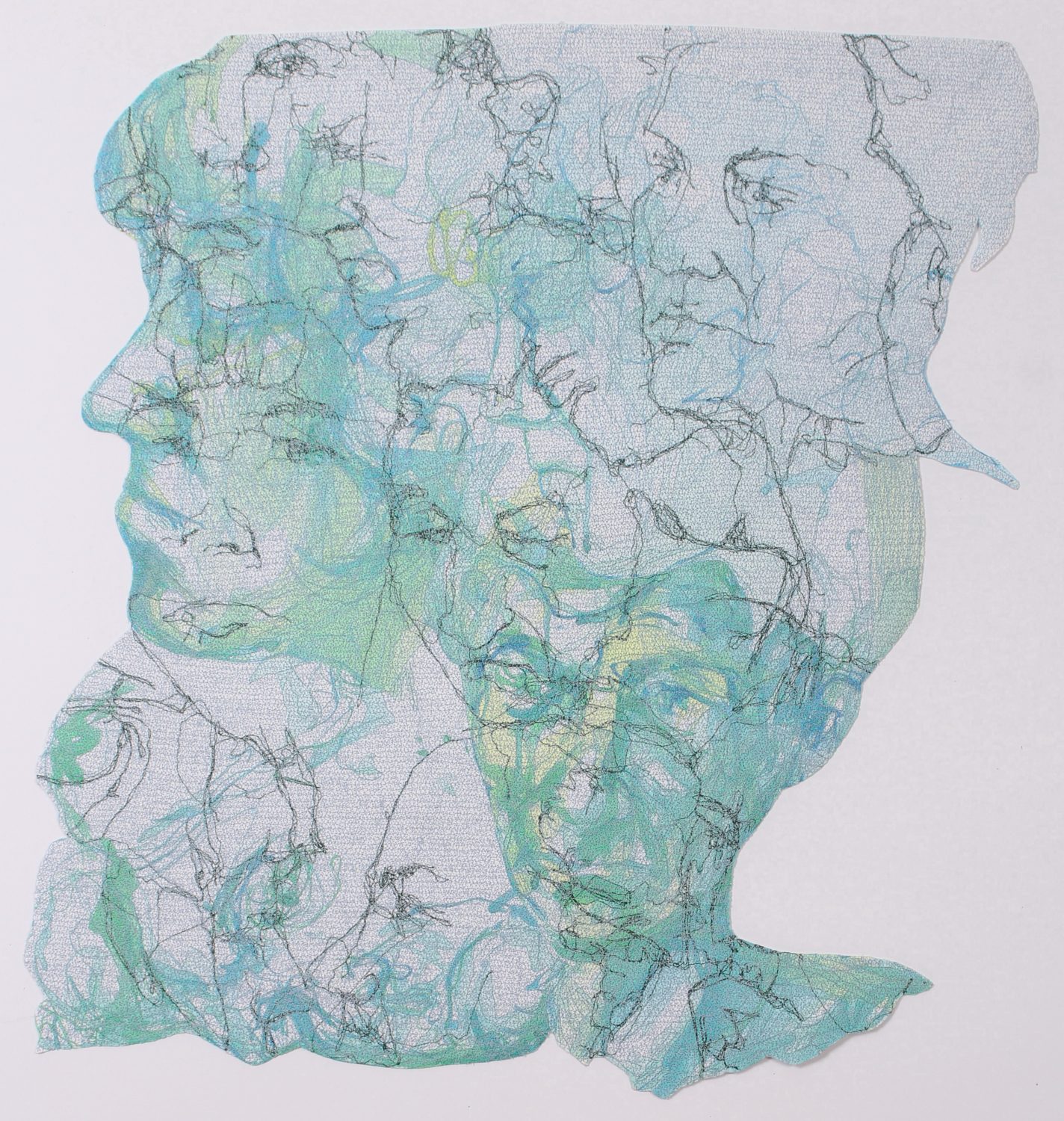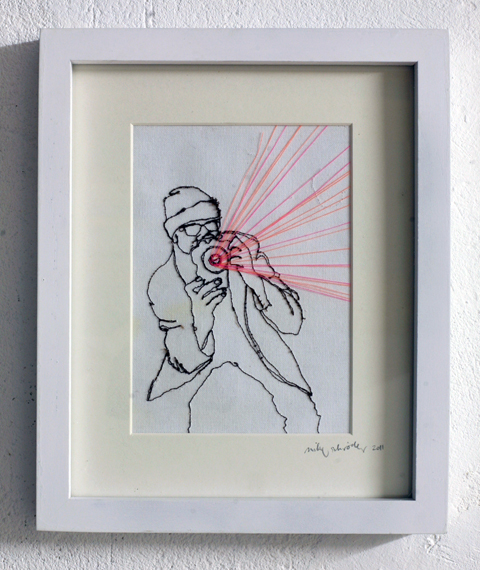Though my focus in this column is almost always on digitizing and custom work, I am well aware that not every lover of machine embroidery is destined to become their own embroidery digitizer. There is every chance that most machine embroiderers are unlikely to creating their own unique designs for each and every application- after all, there is a great deal of room for creativity and expression in the use of designs created by those of us who do love pushing stitch points around on-screen until obscene hours of the night. In the commercial embroidery business, we refer to pre-digitized files as ‘stock designs’ and while I personally don’t use them very often, they are far and away the most likely type of file to drive home embroiderers’ machines.

Stock designs are a fantastic way for those of you who simply love putting thread to garment to get to the embroidery without becoming mired in design and the technicalities of digitizing. Though you will not have the ultimate control of every stitch you run, there are some things you can do to control the quality of your output, and it all starts with choosing the right design.
Many collections vary from design to design in both in the quality of their artistic and technical execution. Some hundreds of digitizers of a wide range of skill levels and talents are often represented on a single collection’s site; while this may add to the variety of their offerings, it also makes each purchase of stock from these sites a bit of a gamble. Design flaws might be seen in the preview images they show, but deeper technical considerations can be invisible until after you purchase and open your design, that said, you can reduce your exposure to poor designs by being careful about your sources and carefully choosing designs suited for your application.
Find the Favorites. At first, you may rely on recommendations from friends and commenters to find well-loved stock suppliers (like the good people behind Gear Threads on this very site, Urban Threads!). It’s good to keep note of stock design houses that create work on which you can rely for quality. Look for collections maintained by a single digitizer or company- such tend to be more uniformly in executed. When you find a promising company, look for their free designs and test away.

Focus on Finished size. Even if you have software that can reprocess a design avoid overly dense designs when downscaling or poor coverage when upscaling, stock designs are best used at their intended size. As a digitizer, I often create details or blending by individually placing stitches to achieve the perfect look. These details are explicitly based on the finished size of the design- different choices about stitch type, placement, compensation and more would be made if I executed the design at a different size. Check for finished design sizes and choose designs that fit your embroidery area and hoop. A good rule of thumb when you are forced to resize, is never to scale by more than 15% in either direction. Even then, you’ll need to measure your shortest and longest stitches, compensation, and gaps to make sure that this 15% doesn’t cause your design to have technical problems.
Take Care of Stitch Counts. Be aware of the rough number of stitches a design of a given size and complexity should have and you’ll be able to tell if the number of stitches used in a stock design makes sense for its level of coverage and detail. This only helps you catch the most grievous problems with density or overly-stacked layering when you are limited to basic data and a preview image, but it is worth consideration if only to ferret out designs with overly dense stitching or too many small stitched that will be prone to thread breakage.
Once you’ve made your purchase based on the best information you could muster, you can check your design out in your favorite software and get the real skinny on how well it was created. Here’s what to look for:
Good Pathing/Sequencing. You want to see a logical progression through a design with the fewest jumps, trims, and color changes possible and reduces distortion by not sewing towards existing stitched elements. A properly pathed design runs quicker and can even lay-flatter and cause fewer ripples in the substrate.
Proper use of underlay. Some digitizers of stock don’t use underlay at all, and few use it to its best effect. Underlay should support edges and lift fills. Though adding underlay is one of the easier things you can do when retooling stock designs, if you are laboriously placing underlay or moving stitches one-by-one, you should reevaluate if digitizing would have been the better choice for a given design, or for the level of control you want over your work in general.

Overlaps and compensation. Stock designs won’t often be optimized for any particular material, but they should show a general respect for pull and push compensation. If a design’s elements line up perfectly on-screen, offering no overlaps or compensation for stresses in embroidery, you’re likely in for a poor result. Digital previews should look distorted; proper distortion in the digital work makes for perfect execution on the machine- perfect lines and shapes in the file mean you’ll see that ‘missing’ distortion in your run as gaps and missed outlines.

Stock designs can open you up to a world of decoration that would otherwise be time-consuming and require a great deal of technical knowledge to achieve. Sourced from great digitizers and used at the proper size and on the right substrate, they can be magnificent, but with the wrong application, indelicately resized, or simply with a design from an unskilled digitizer, they can cause a great deal of confusion and frustration and suck the joy right out of machine embroidery. Protect your joy! Choose great designs, use them well, and take care to learn the proper use of stabilizers, hooping technique, and the basic operation of your machine. Make the ability to evaluate stock part of your holistic understanding of the craft and the time you saved in skipping the digitizing can be quality time spent stitching rather than wasted time ripping our a poorly-crafted design down the road.
—–
![]() Erich Campbell is an award-winning machine embroidery digitizer and designer and a decorated apparel industry expert, frequently contributing articles and interviews to embroidery industry magazines such as Printwear, Stitches, and Wearable as well as a host of blogs, social media groups, and other industry resources.
Erich Campbell is an award-winning machine embroidery digitizer and designer and a decorated apparel industry expert, frequently contributing articles and interviews to embroidery industry magazines such as Printwear, Stitches, and Wearable as well as a host of blogs, social media groups, and other industry resources.
Erich is an evangelist for the craft, a stitch-obsessed embroidery believer, and firmly holds to constant, lifelong learning and the free exchange of technique and experience through conversations with his fellow embroiderers. A small collection of his original stock designs can be found at The Only Stitch




